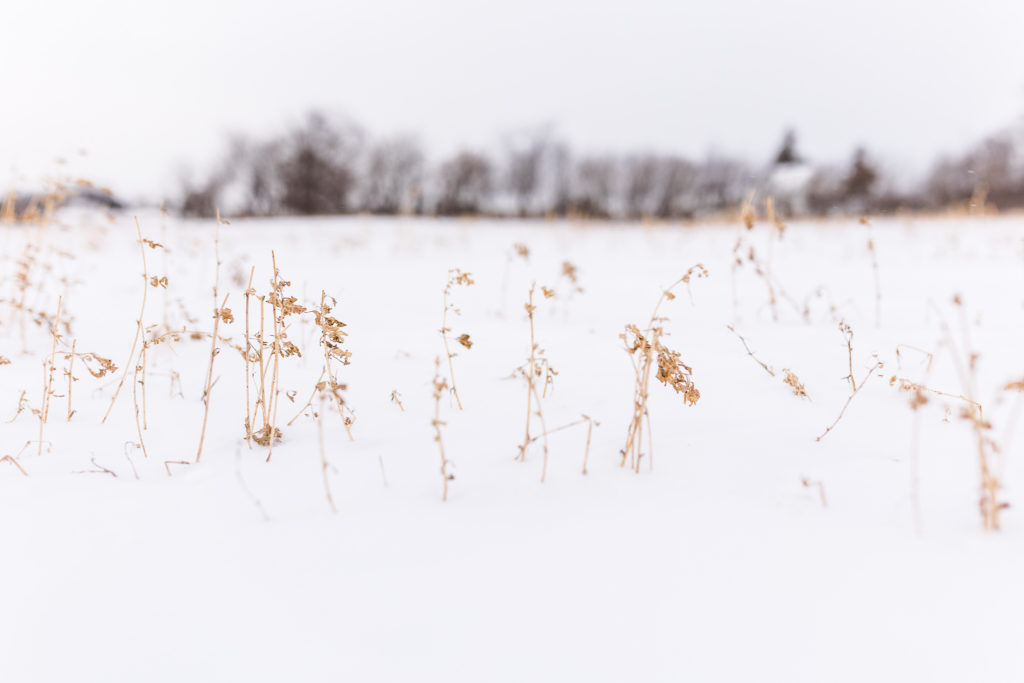Michigan Growing: Alfalfa Planting
By Darren Kulicamp | March 24, 2022
Alfalfa Planting

With the snow melting and planting season near, we will soon be implementing the crop plans that we’ve decided on through the winter months. All crops deserve attention to the details to ensure the full yield potential is reached. This might mean different things to each operation. For annual crops, we get the chance to change things each year to improve on last year’s result. However, special attention needs to be given when planting perennial crops, like alfalfa, because we will have to live with the results for several years.
Here is a list of things to consider when planting alfalfa:
Variety and site selection is important to a successful alfalfa stand.
First, evaluate soil type. Is it sandy or heavy soil? Is the field hilly or flat? Does the field have good drainage or is there typically water laying the field at certain times of the year? All of these factors can determine the longevity and productivity of the alfalfa field. Some varieties can withstand wetter soils, like Legacy L-451 APH2+. L-470 HD is a better choice for highly productive field and aggressive harvesting.
Be sure to test the pH of the soil.
Alfalfa does not perform well on acidic soils. A lime application may be required to raise the pH to the optimal level of 6.7-7.0. Soil pH also impacts herbicide carryover. When planting alfalfa, review the planting interval of the chemistry used on previous crop to ensure any carryover will not affect the alfalfa.
Field preparation is key to successful alfalfa establishment.
For a spring seeded field, preparation should begin in the fall. Start with a tillage pass or fall burndown to minimize the presence of weeds in the spring. Application of a preemergent herbicide prior to planting is recommended as well.
When it comes time for seeding a firm seedbed is critical for small seeded plants like alfalfa.
As a rule, when walking in a tilled field your footprint should not sink greater than a quarter of an inch. To accomplish a firm seed bed consider rolling the field prior to planting. Creating a firm seedbed will ensure good seed to soil contact. Alfalfa should be planted a quarter inch deep. Make sure there is soil moisture for the seed. The recommended seeding rate for alfalfa, coated or uncoated, is 18-22 pounds per acre.
Consider the possibility of frost when seeding alfalfa in the spring.
Generally, alfalfa is cold tolerant until the second trifoliate leaf has emerged. This occurs around 15 days after emergence. At this point if the alfalfa is exposed to temperatures between 24-28 degrees for greater than four hours, frost injury can occur.
Review weather forecasts for rain events that can occur in the spring.
In prolonged periods of rain, plants may die shortly after germination, known as “damping off”, caused by several diseases. Aphanomyces and Phytophthora Root Rots can be particularly detrimental to alfalfa in wet soils. Proper variety selection can help overcome this. For instance, Legacy L-451 APH2+ has excellent resistance to Phytophthora Root Rot, and to two races of Aphanomyces Root Rot. Resistance to these diseases will help with persistence through the life of the alfalfa stand. It is of utmost importance to make sure the young plants can withstand disease pressure during the first weeks after emergence.
Planting a nurse crop.
For instance, oats with alfalfa is a practice that can increase forage yield and reduce competition from weeds as the alfalfa stand gets established. The nurse crop will need to be harvested before the alfalfa plant has sufficient growth. The extra wheel traffic on the young stand may cause damage to the alfalfa plants. Be aware that planting cereal grains at high rates with alfalfa can be harmful to alfalfa establishment.
A good fertility plan should be essential.
An application of a Potash and Ammonium Sulfate at least in the spring and fall will help greatly with plant health. Including the sulfur will aid in root development. A recommended strategy would be to use a 2/3, 1/3 blend of Potash and Ammonium Sulfate. The rate will depend on your soil tests and crop budget. Keeping up with crop removal of nutrients is key to maintaining a productive stand.

